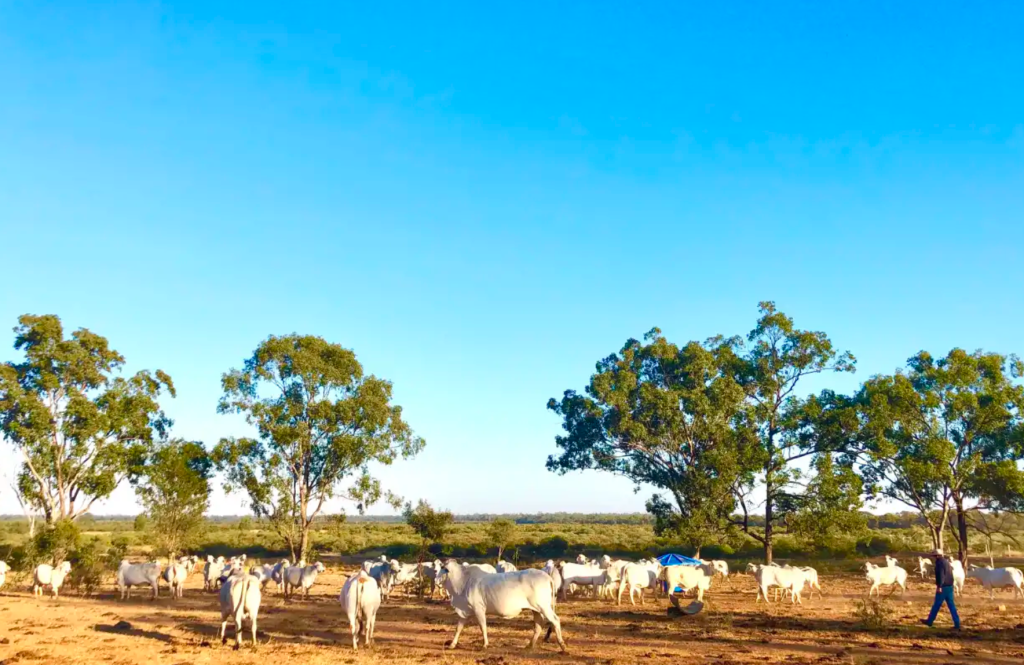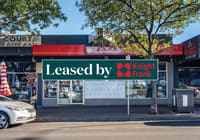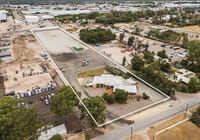
Farmland returns diverge as beef, wheat trump nuts and grapes
Despite a bumper harvest, record commodity prices and rising rural land values, annual returns generated from prime farmland fell for the fourth consecutive quarter in the three months to March as the strongly performing cropping and grazing sector was offset by weak returns from permanent farmland.
Over the first quarter of 2021, total annual returns fell to 8.5 per cent from 11.7 per cent in the December 2020 quarter and 14.5 per cent a year ago, according to the Australian Farmland Index.
Income returns fell to 5.2 per cent from 7.3 per cent while capital growth moderated to 3.2 per cent from 4.1 per cent in the December quarter.
Compiled by the Asian Association for Investors in Non-Listed Real Estate Vehicles (ANREV), the index tracks the performance of a $1.06 billion-portfolio of 39 farming properties owned by major agricultural investors and managers including Gunn Agri Partners, Aware Super and Rural Funds Management.
As with previous quarters, the index showed a sharp divergence between the very strong returns generated from cropping and grazing farmland, which have benefited from soaring commodity prices and bumper harvests, and the weaker returns generated from permanent plantings like nuts, grapes and citrus.
Over the 12 months to March 31, cropping and grazing farmland delivered a total return of 25.3 per cent – above the index’s average since inception of 19 per cent, though down from the record near-30 per cent return generated across the 2020 calendar year.
Amid fierce competition for large livestock and crop aggregations, annual capital values rose more than 15 per cent while income returns were just under 9 per cent.
Such strong conditions are expected to fuel competition for the 31,975-hectare Kaiuroo Aggregation in the beef-producing Mackenzie River district of Central Queensland, which has been listed for sale by global asset manager The Rohatyn Group. Price expectations are understood to be in excess of $55 million, excluding livestock.
Situated 221km west of Rockhampton, the aggregation supports breeding and fattening operations and benefits from high-quality homegrown grain, forage and cotton crops. It includes 1650ha of organic certified cropping area, of which 917ha is irrigated.
Elders real estate general manager Tom Russo, who is marketing Kaiuroo alongside colleagues Andrew Williams and Virgil Kenny, said quality agricultural holdings of scale remained highly sought after while supply continued to remain constrained, albeit with some increase in new listing volumes entering the market.
“The Kaiuroo Aggregation enjoys both quality and diversification, and is well established for resilient returns throughout the cycles,” Mr Russo said.
While prime horticultural assets continue to be sought after – as seen by the $50 million sale last month of McWilliam’s Wines – total annual returns from permanent farmland fell to just 3.1 per cent in the March quarter, down from 4.8 per cent in the December quarter and well below the 13 per cent return recorded a year ago.
Annual capital values contracted by 1.2 per cent while annualised income returns were 4.3 per cent.
Index founder and farming funds veteran Frank Delahunty said the contrasting fortunes of cropping farmland versus permanent farmland reflected the “cyclical nature” of agriculture.
A few years, ago Mr Delahunty said, permanent farmland was the outperformer.
Also hurting the horticultural sector has been the punitive tariffs imposed on Australian wine exporters by the Chinese government, as well as weaker almond prices and the lingering impact of the drought on irrigation costs and bottom lines.
Commenting on the latest index performance, Rural Funds Management chief operating officer Tim Sheridan said Australian agriculture had continued to perform relatively well despite the ongoing disruption of the pandemic, the higher Australian dollar and the trade issues with China.
“This is reflected in the ongoing uplift in annualised farmland values, as the demand for agricultural property remains high,” Mr Sheridan said.











